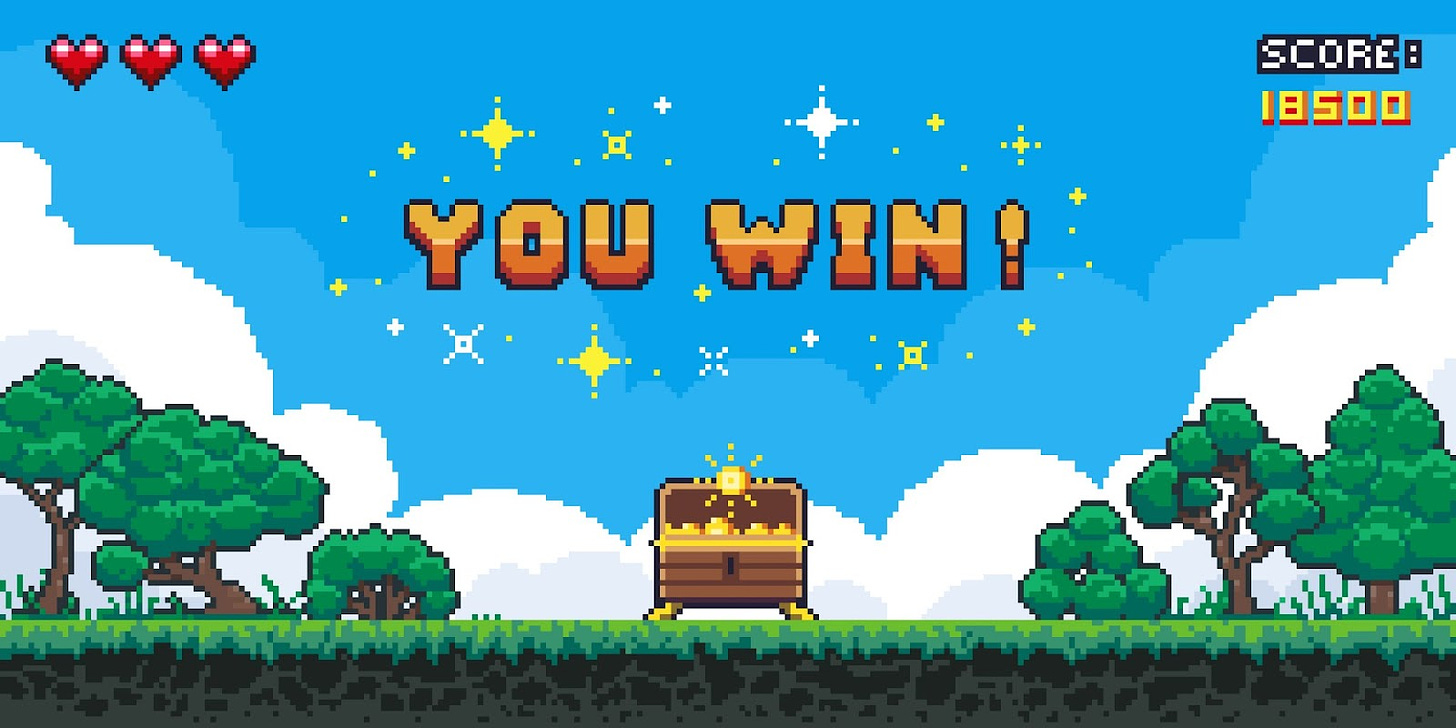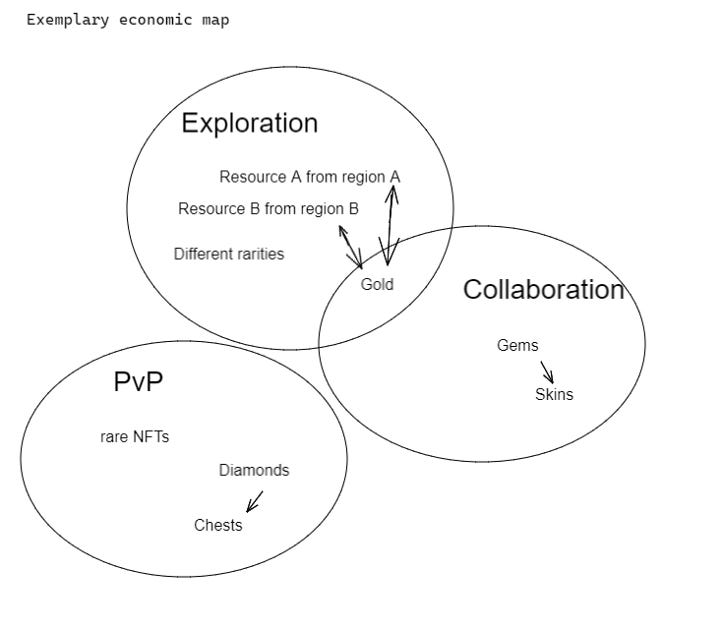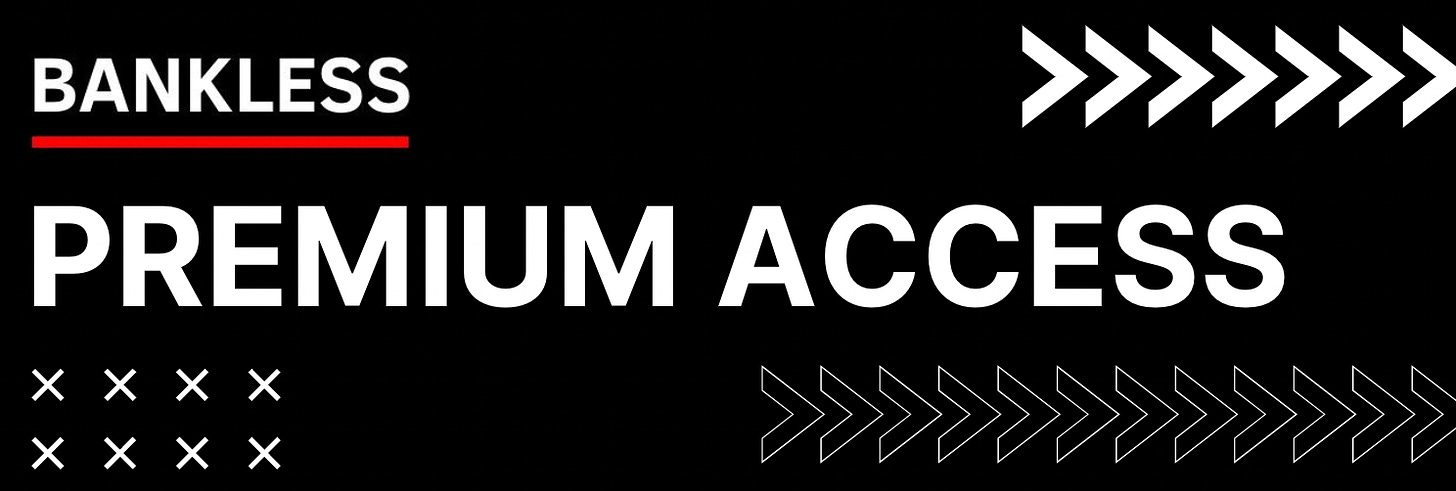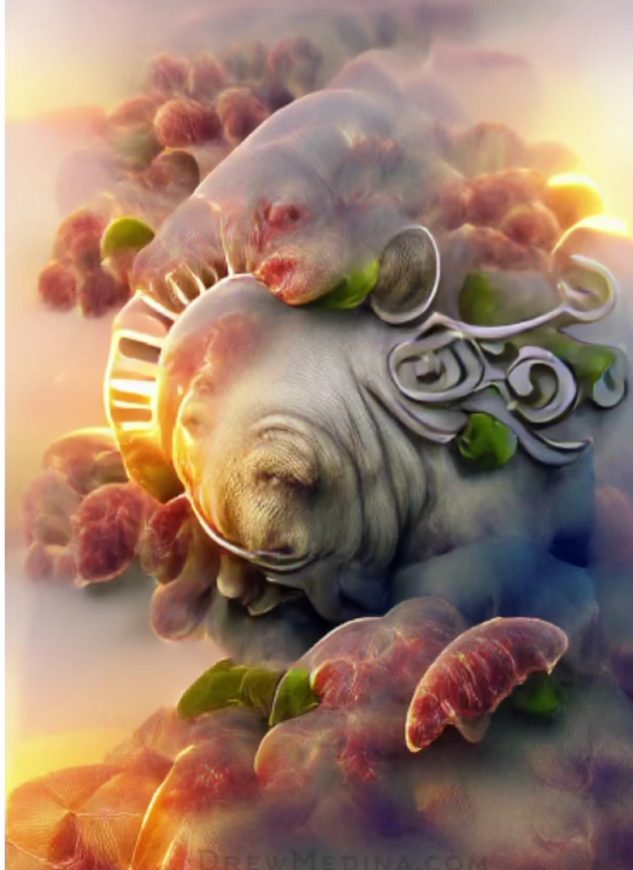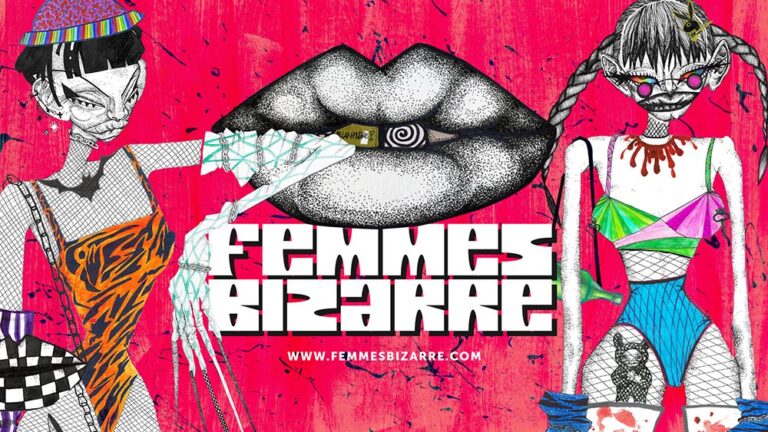Metaversal is a Bankless newsletter for weekly level-ups on NFTs, virtual worlds, & collectibles
Dear Bankless Nation,
There’s a tremendous amount of building happening around the NFT gaming scene right now.
But the work? It’s hard.
That’s because designing a regular game is difficult enough as is. When you throw NFTs into the mix, there are certain challenges that can arise that can hurt a game more than help it.
So what’s there to do, and what should we expect around NFT games going forward? I offer some thoughts on these questions for today’s post!
-WMP
🙏 Sponsor: Upgrade to Bankless Premium to receive the new Monthly Token Report! ✨
NFT games can come in all sorts of different shapes and sizes.
On the simpler end of the spectrum, they can be uncomplicated on-chain strategy games.
On the other side of the spectrum, they can be advanced and expansive massively multiplayer online (MMO) projects that use NFT resources to track player ownership beyond centralized servers.
So far we’ve seen lots of experiments on the simpler side of things. I recently played in one, andy8052’s Battle Royale Onchain. Very straightforward but interesting nonetheless!
What we haven’t seen lots of to date are the more expansive NFT-friendly MMO projects. To be fair, there are many such projects in development right now, and I’m excited for some of them.
On the flip side, it’s no surprise that the sector of full title NFT games is still establishing its footing: game design is incredibly hard!
From combat animations to level designs to in-game economic faucets and sinks, regular ol’ game design has a ton of moving parts that are already complicated in tandem as it is. So when you have projects carelessly throw NFTs into the equation and over-tokenize their in-game assets, they’re only adding to the complexity and to the challenges they face.
Indeed, if done incorrectly NFTs can be game killers. So noted 0xKepler in a July 2022 post titled “A Road forward for Web3 Gaming,” where the author highlighted how games that “tokenized the majority of their in-game assets” eventually faced two huge challenges: economy outflows and overspeculation.
Regarding economy outflows, if everything’s tokenized then earning becomes the main goal for players, and this can lead to everyone cashing out simultaneously with little to no demand-side interest, i.e. economic collapse. 0xKepler wrote:
“With no one on the demand side for currencies and assets who see a value in them other than money, prices fall, which translates into lower earnings for players. The game becomes uninteresting — existing players leave, and new players are less likely to join. P2E games often relied too heavily on player growth rather than recurring token sinks, which led to economies quickly spiraling downwards.”
And on the point of overspeculation, 0xKepler used the episode of the auction house system in Diablo 3 to showcase how making everything easily tradable can drive out real players and kill in-game economies:
“Easily tradable assets take away the sense of accomplishment some players look for. Therefore, games with in-game marketplaces reach fewer players of this type (who often are value addooors for the economy) and are more likely to onboard players attracted by monetary rewards (usually value extractooors). Over time, speculators drive prices up, making assets needed to play the game unaffordable for non-speculative players. In the end, only speculators remain.”
When it comes to “what makes for a good NFT game,” we have to go back to the fundamentals of games period. And for that we have to understand why people play games in the first place, which I think Sal.xyz described perfectly in the tweets above: to test our skills, to have unique independent experiences, and to connect with others.
With these pillars in mind, there are ways to build NFT games smarter in order to optimize for these fundamentals and mitigate the challenges of economic outflows and overspeculation. Here, the aforementioned 0xKepler recommends the following tenets:
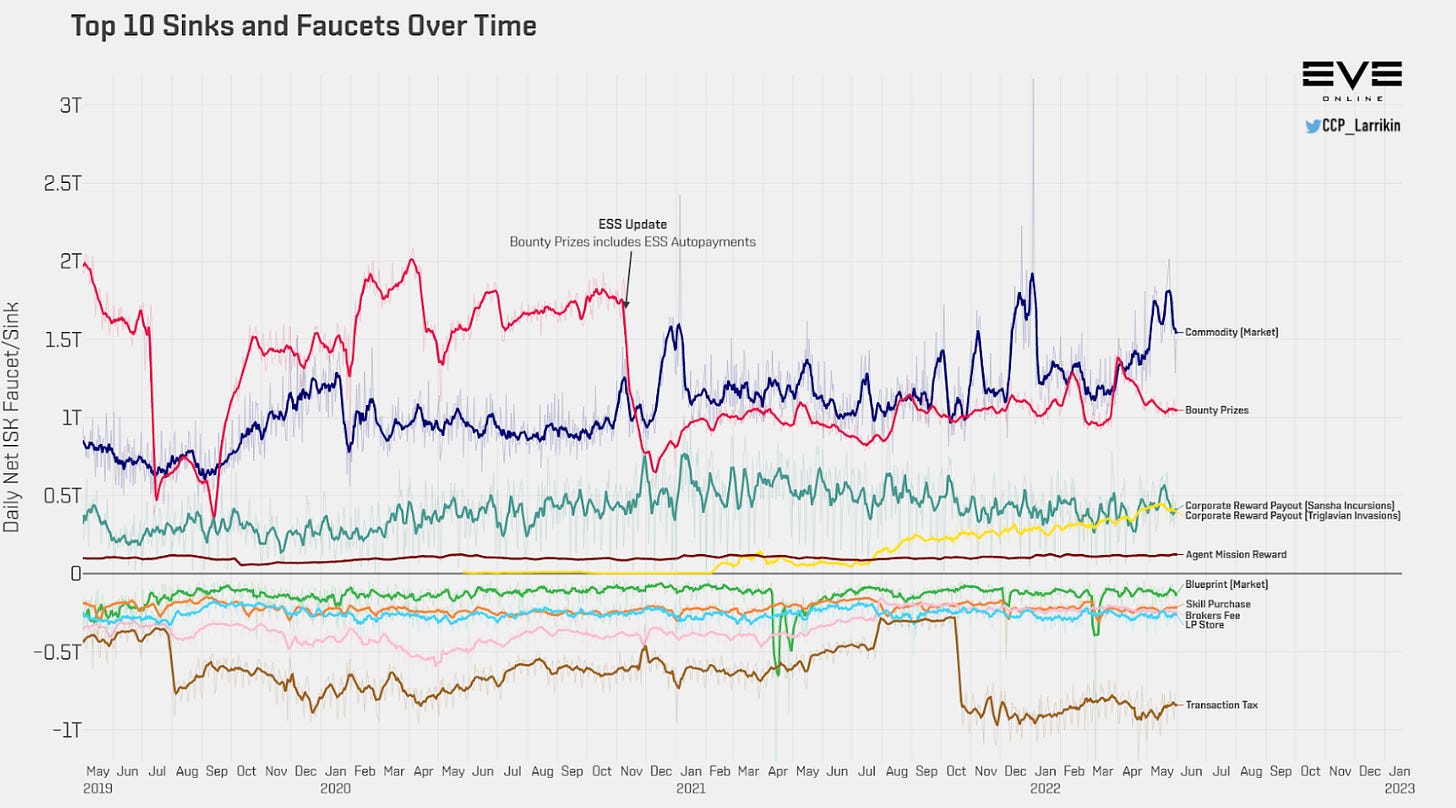
-
NFTs > Fungible tokens (FTs) — By focusing on NFT rewards instead of FT rewards, a game can emphasize fun and in-game utility over financialization
-
Land value tax — Avoid NFT land becoming too valuable and the subject of overspeculation by using a metaverse land tax (which I’ve written on previously!) to optimize for builders who foster sustainable economies
When implemented well, NFTs can lead to new types of gaming experiences.
For example, consider the customizability and community-empowerment that comes with openness. Let’s say you have a team building the core of an onchain game as a hyperstructure, which is free to use and build on forever. This could unleash the power of modding communities like never before.
Beyond literal openness, there’s also an open window of opportunity for web3 native gaming projects that are ahead of the curve on web3 compared to big game publishers. We should use this period of their ignorance to set the tone for what great NFT games can and should be.
Lastly, one of the coolest aspects of gaming NFTs is how they can serve as a means for letting players’ achievements travel with them across different games and beyond. Right now in mainstream gaming, your game data is siloed to each respective game in contrast, which closes off tons of possibilities.
As an example, one upcoming NFT game that, from what I can tell, is doing an interesting job of balancing the challenges and opportunities I’ve described above is Civitas.
Due out next year, Civitas is a strategy MMO built on Ethereum + L2 that will be vaguely familiar to anyone who’s ever played the Sid Meier’s Civilization franchise before. The big difference in Civitas is that each of its Cities are subDAOs that are owned and organized collaboratively by citizen players.
From mechanics like a Free to Play Nomad mode to a CITI token transaction tax on resource trades, Civitas has various elements that I think can stabilize against overspeculation while still making for a lively in-game economy. Only time will tell for now though!
What comes next for NFT games?
One low-hanging fruit is there will continue to be a boom in game development efforts on and around layer-two (L2) scaling solutions. With rapid and super inexpensive transactions, these L2s represent the next onchain “frontier” for better web3 gaming.
Lastly, there’s a ton of fragmentation in the NFT gaming ecosystem right now, which is to say there are tons of different projects building in essentially siloed fashion across dozens of blockchains that don’t “speak” to each other. That said, longer-term look to see more interoperability solutions arise to make these fragmentation divides more trivial.
William M. Peaster is a professional writer and creator of Metaversal—a Bankless newsletter focused on the emergence of NFTs in the cryptoeconomy. He’s also recently been contributing content to Bankless, JPG, and beyond!
Subscribe to Bankless. $22 per mo. Includes archive access, Inner Circle & Badge.
The Inner Circle (our private Discord) is the Bankless watercooler.
It’s where we:
-
Compare notes on opportunities (“What’s your experience with Compound?”)
-
Ask questions to the community (“Is a Maker loan taxable in the US?”)
-
Get help with assignments (“I’m having trouble with Argent—any ideas?”)
And when you sign up for Bankless Premium, you get immediate access
Not financial or tax advice. This newsletter is strictly educational and is not investment advice or a solicitation to buy or sell any assets or to make any financial decisions. This newsletter is not tax advice. Talk to your accountant. Do your own research.
Disclosure. From time-to-time I may add links in this newsletter to products I use. I may receive commission if you make a purchase through one of these links. Additionally, the Bankless writers hold crypto assets. See our investment disclosures here.


